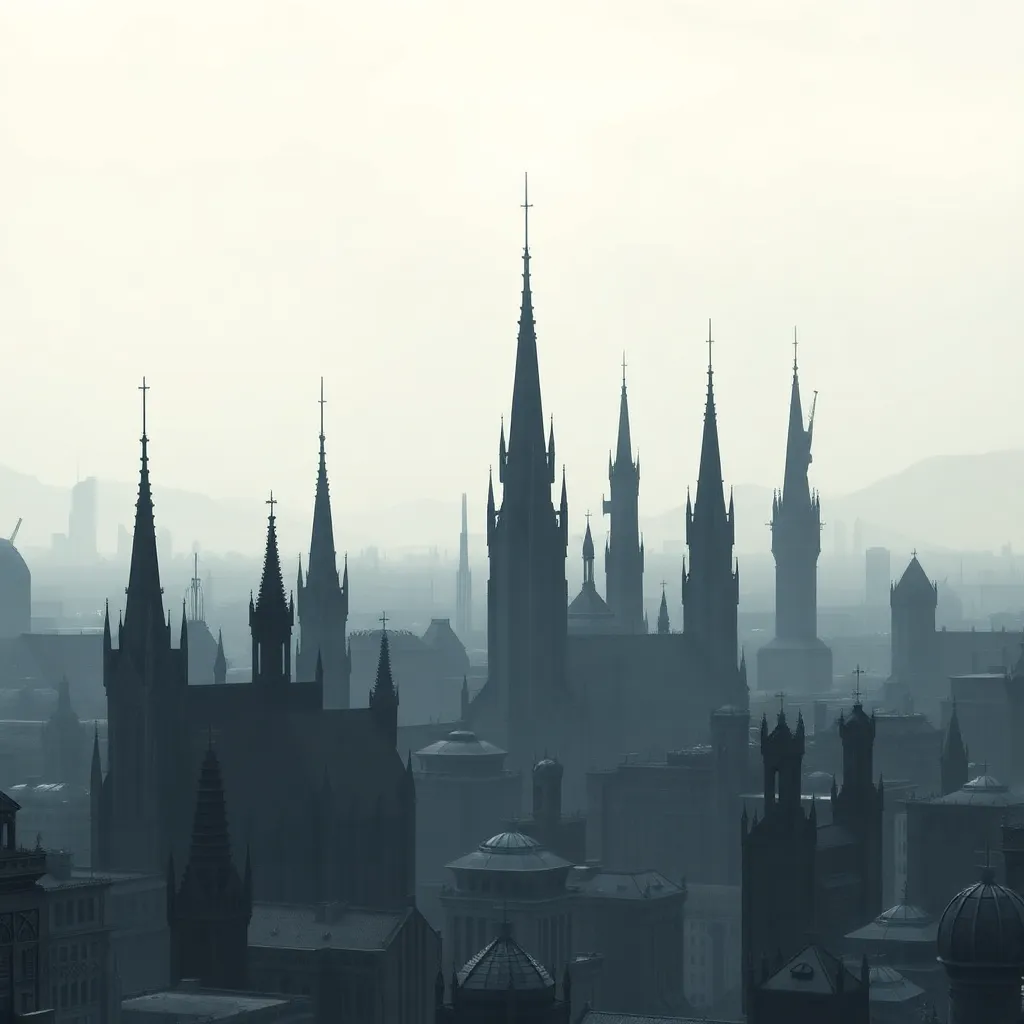The Allure of Darkness: Unpacking the Appeal of Grimdark Fantasy
In the realm of fantasy literature, a growing trend has emerged in recent years, captivating readers with its unapologetic brutality, moral complexity, and visceral storytelling. Grimdark fantasy, a subgenre that has gained significant traction, offers a unique exploration of human nature, morality, and the complexities of the human condition. This article will delve into the rise of grimdark fantasy, analyzing its defining characteristics, notable authors and works, and what draws readers to this subgenre. We will also examine the historical and cultural contexts that have contributed to its popularity, and explore the psychological and emotional resonance of grimdark fantasy.

The term "grimdark" was first coined in the 2000s by the Warhammer Fantasy community, describing a subgenre characterized by its dark, gritty, and often nihilistic tone. Grimdark fantasy typically features morally ambiguous characters, complex world-building, and a focus on the human condition, often exploring themes of violence, trauma, and the nature of humanity. This subgenre has evolved from various literary traditions, including Gothic horror, pulp fiction, and epic fantasy, and has been influenced by historical events, cultural movements, and philosophical ideas.
The Defining Characteristics of Grimdark Fantasy
Grimdark fantasy is characterized by several key elements, including its dark and gritty tone, complex world-building, and morally ambiguous characters. These elements are often combined with themes of violence, trauma, and the human condition, creating a unique and thought-provoking reading experience. Grimdark fantasy often features anti-heroes, characters who are flawed, vulnerable, and often morally compromised, and explores the gray areas between good and evil, right and wrong.

Notable Authors and Works
One of the most notable authors associated with the grimdark subgenre is Joe Abercrombie, whose First Law trilogy is a seminal work in the field. Other notable authors include Mark Lawrence, Scott Lynch, and Glen Cook, who have all made significant contributions to the subgenre. Works such as George R. R. Martin's A Song of Ice and Fire series, and the Malazan Book of the Fallen series by Steven Erikson, have also been influential in shaping the grimdark fantasy landscape.
The Allure of Grimdark Fantasy
So, what draws readers to grimdark fantasy? One reason is the subgenre's ability to offer a unique exploration of human nature, morality, and the complexities of the human condition. Grimdark fantasy often explores themes of trauma, violence, and the human condition, providing a thought-provoking and emotionally resonant reading experience. Additionally, the subgenre's focus on morally ambiguous characters and complex world-building offers a refreshing alternative to more traditional fantasy tropes.

Another reason for the allure of grimdark fantasy is its ability to tap into our deep-seated fears and anxieties. By exploring the darker aspects of human nature, grimdark fantasy offers a safe space for readers to confront and process their own fears and emotions. This can be particularly appealing in times of uncertainty or turmoil, when readers may be seeking a way to make sense of the world around them.
Historical and Cultural Contexts
The rise of grimdark fantasy can be seen as a response to various historical and cultural contexts. The subgenre has been influenced by literary movements such as postmodernism and poststructuralism, which have challenged traditional notions of morality, truth, and reality. Additionally, grimdark fantasy has been shaped by historical events, such as the wars in Afghanistan and Iraq, and the global financial crisis, which have led to a growing sense of uncertainty and disillusionment.

The subgenre has also been influenced by cultural movements, such as the rise of punk and metal music, which have celebrated rebellion, nonconformity, and the rejection of mainstream values. These influences have helped shape the tone and aesthetic of grimdark fantasy, which often features dark, gritty, and unconventional themes and characters.
The Future of Grimdark Fantasy
As the grimdark fantasy subgenre continues to evolve, it is likely to incorporate new themes, ideas, and influences. One trend that is already emerging is the blending of grimdark fantasy with other subgenres, such as science fiction and horror. This blending of genres is likely to create new and innovative works, which will continue to challenge and subvert traditional notions of fantasy.

Another trend that is likely to shape the future of grimdark fantasy is the growing recognition of the subgenre's potential for social commentary. Grimdark fantasy often explores themes of power, oppression, and resistance, which are highly relevant to contemporary social and political issues. As the subgenre continues to grow and evolve, it is likely to become an increasingly important platform for social commentary and critique.
In conclusion, grimdark fantasy offers a unique and thought-provoking reading experience, exploring themes of human nature, morality, and the complexities of the human condition. The subgenre's ability to tap into our deep-seated fears and anxieties, combined with its focus on morally ambiguous characters and complex world-building, has made it a compelling and attractive option for readers. As the subgenre continues to evolve, it is likely to incorporate new themes, ideas, and influences, ensuring that grimdark fantasy remains a vibrant and dynamic force in the world of fantasy literature.
